A research team led by Professor Seyoung Kim at POSTECH (Pohang University of Science & Technology), along with colleagues from Korea University, has demonstrated the potential of Electrochemical Random Access Memory (ECRAM) devices to enhance AI computational performance. Their work, published in Science Advances, could pave the way for commercial applications of the same.
As AI tech rapidly advances, researchers are looking towards analog hardware, which can process AI computations in parallel by adjusting the resistance of semiconductors based on voltage or current. However, working with analog hardware is a lot more challenging, due to the variability of analog signals, precision and accuracy issues, integration complexities with digital systems, scalability difficulties, manufacturing inconsistencies, and higher power consumption. These factors make analog systems more prone to noise and errors, requiring advanced design and calibration.
The research team focused on ECRAM devices, which manage electrical conductivity through ion movement. Unlike traditional memory, ECRAM uses a three-terminal structure for separate reading and writing paths, operating at low power. The team fabricated ECRAM devices in a 64×64 array, way larger than the previous maximum of 10×10 arrays.
Their experiments showed that these devices have excellent electrical and switching characteristics, high yield, and uniformity. They also applied a new learning algorithm, the Tiki-Taka algorithm, which maximized the accuracy of AI neural network training without overloading the networks.
Professor Kim stated that large-scale arrays of ECRAM devices and analog-specific AI algorithms offer potential for AI performance and energy efficiency far beyond current digital methods. This study was supported by various Korean government and industry bodies.





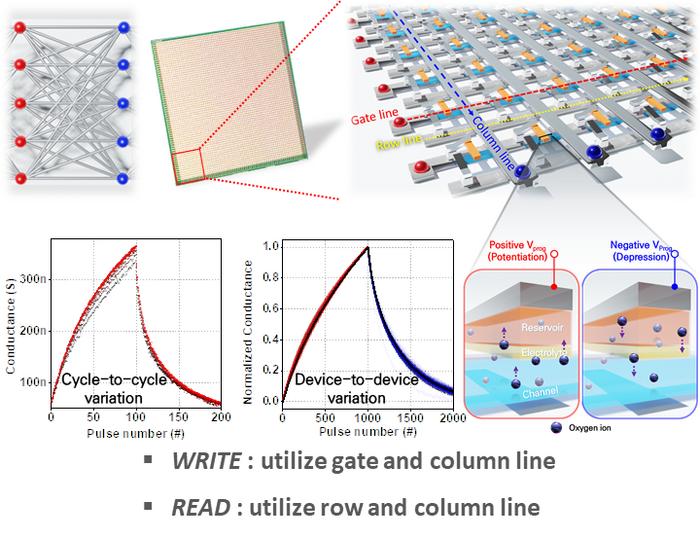
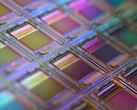




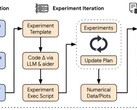

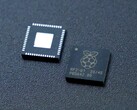


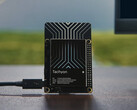
![GTA V will reportedly be available on Xbox PC Game Pass (Image source: Rockstar Games and Xbox [edited])](fileadmin/_processed_/e/6/csm_GTA-V-on-Xbox-PC-Game-Pass_e07cfca02b.jpg)



